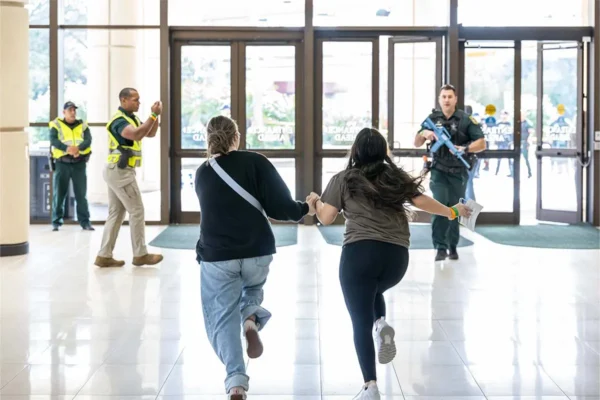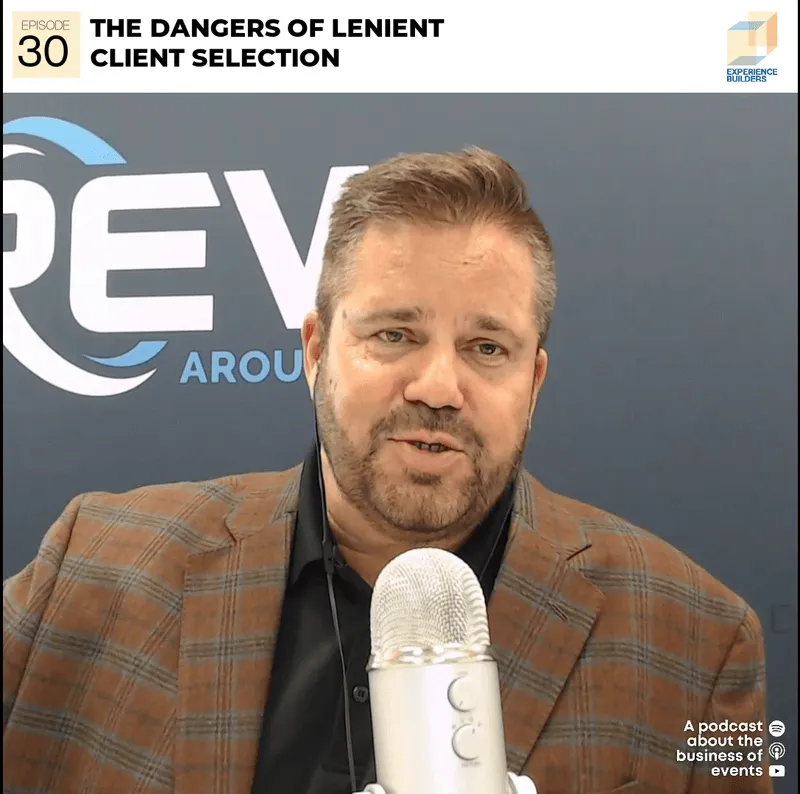Over 50 meetings industry leaders, academics, research organizations and related resources met May 14-15 in Paris under the auspices of the Joint Meetings Industry Council (JMIC).
They reviewed the current status of progress on documenting and communicating the value of meetings as drivers of economic, academic and professional development and to and make strategic recommendations for advancing this in the future.
At stake was the ability of the industry to more effectively demonstrate the kinds of values that are now considered to be amongst the top reasons governments and businesses invest in the infrastructure required to support industry growth and development.
“We know from experience that governments are highly interested in the ways our industry can be used to advance their economic and community development agendas, but we have been slow to come up with the kinds of defensible measures for these benefits that can be used to support the required investment,” said Philippe Fournier, president and past president, IAPCO.
He added, “The purpose of this conference was to assess our progress toward such measures and to encourage better communications and alignment of the various industry organizations working toward that objective by bringing together a broad and representative group of industry interests along with their advisors and researchers. I believe we achieved that objective and now have a series of industry- developed recommendations that we will be able to work with in aligning future work in this area.”
The two-day conference took place at the Palais des Congrès de Paris and included sessions that spoke to defining the need for better value measures, supplied case studies of work done to date and reviewed the kinds of data currently generated by both meetings industry and global tourism and travel organizations. These were followed by a series of workshops that considered alternate strategies and made recommendations for moving forward.
Amongst the conclusions and recommendations were:
- The measures that best reflect the benefits associated with meetings conventions and exhibitions are those that capture their business, academic, professional and economic development benefits in addition to just their economic impacts;
- Such benefits are more challenging to quantify as they don’t always lend themselves to direct measurement and may involve long term, often complex outcomes;
- However, well documented case studies or “compelling stories” that illustrate the key values are an equally or even more effective way to illustrate and communicate overall value principles;
- Much related data is already available from various professional, corporate and academic sources would have to be re-interpreted to support value measurement as it has generally been gathered for other purposes;
- Gathering additional specialized data would require a collaborative approach based on a shared sense of purpose amongst both industry suppliers and those organizing events
- To be effective, value messages must be interpreted / adapted to address the needs and interests of a variety of different audiences and there is therefore no single value measure that can be used for all applications;
- In particular, messages and case studies should align with societal priorities, local aspirations and governmental policies in order to demonstrate the greatest relevance;
- This approach would best be supported by creating a repository of relevant and well-documented case studies consisting of submissions that;
- Utilize a standard template to ensure consistency
- Have been curated by an academic / industry body to ensure relevance and adherence to appropriate standards
- Represent as wide a range of sectors and geographic regions as possible to broaden their applicability to various needs and audiences, and
- Are developed and maintained in collaboration with event organizers.
- An effort should also be made to further align industry nomenclature to make it easier for key audiences to identify who and what is included in the industry definition.
“This conference was an important consensus-building exercise that now enables us to move forward with a shared sense of purpose,” said Fournier. “The challenge now will be to decide how best to act on these excellent recommendations, which is a task that must be undertaken by a number of industry associations acting both individually and collectively. It will be a challenging undertaking, but one that will have a huge impact on the future of our industry as we simply cannot fail if we want to be taken seriously by our respective communities and governments.”
The active member associations who comprise JMIC today are:
- AACVB, the Asian Association of Convention and Visitor Bureaus
- AIPC, the International Association of Convention Centres
- ASAE, the American Society of Association Executives
- Cocal, the Latin American Confederation of PCO and Related Companies
- DMAI, Destination Marketing Association International
- ECM, European Cities Marketing
- EFAPCO, the European Federation of Associations of Professional Congress Organisers
- EVVC, European Association of Event Centres
- IAPCO, the International Association of Professional Congress Organizers
- ICCA, the International Congress and Convention Association
- IFES, the International Federation of Exhibition and Event Services
- MPI, Meeting Professionals International
- PCMA, the Professional Convention Management Association
- Site, the Society of Incentive & Travel Executives
- UFI, the Global Association of the Exhibition Industry
- UIA, The International Union of Associations
- JMIC is supported by IMEX and ibtm world































